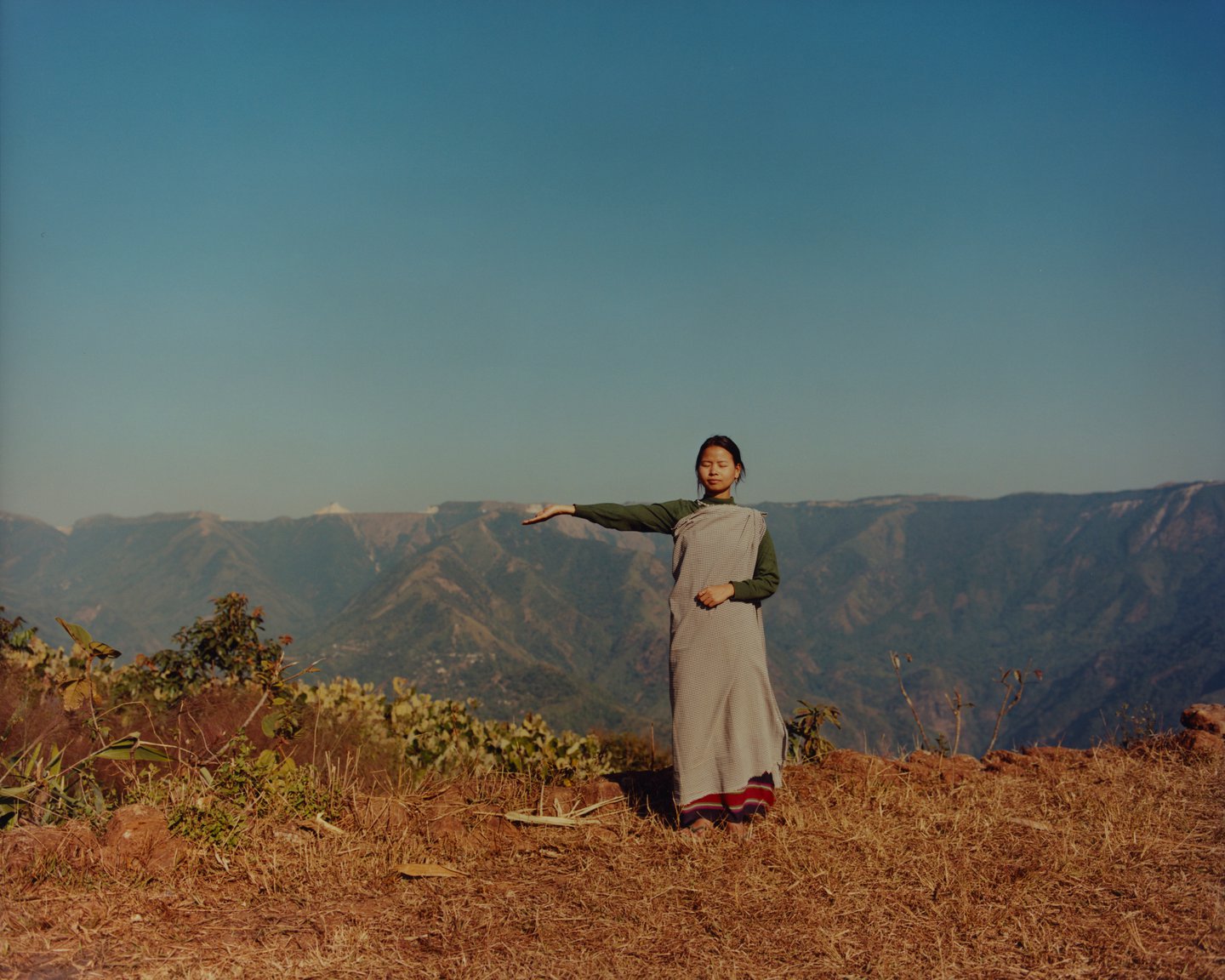[ad_1]
For Volume 8 of Atmos, a magazine about climate and culture, Indian photographer Bharat Sikka shot a series on the ancient Khasi tribes of his country. Located in the state of Meghalaya in northern India, the Khasis are one of the world’s few remaining matriarchal tribes, passing property and last name down from the mother. In Kongthong, a village in Meghalaya that Bharat visited for the series, residents even refer to each other using a tune that is given to them by their mother at birth, creating a melodic exchange between members of the tribes.
Beyond this, the Khasis, like many indigenous peoples, are known for their intimate connection with nature and their surroundings. Most notably, the tribes in the area engage in an age-old tradition of tree shaping. As the name would suggest, this craft involves using living trees and other plants as a medium for creating structures and works of art. This method is shared by many groups and communities around the world, however in Meghalaya, it has resulted in particularly astonishing displays of craftsmanship.
Nestled deep in the state’s ancient forests are beautiful living root bridges which have been carefully shaped over the course of hundreds of years. Made from the aerial roots of rubber fig trees, they provide safe passage over rivers that can be otherwise difficult to cross. This ingenious practice has been passed down from generation to generation, though the Khasi people cannot recall exactly when it began. However, according to their mythology, their ancestors descended from a living roots ladder that bridged the gap between heaven and earth long ago.
[ad_2]
